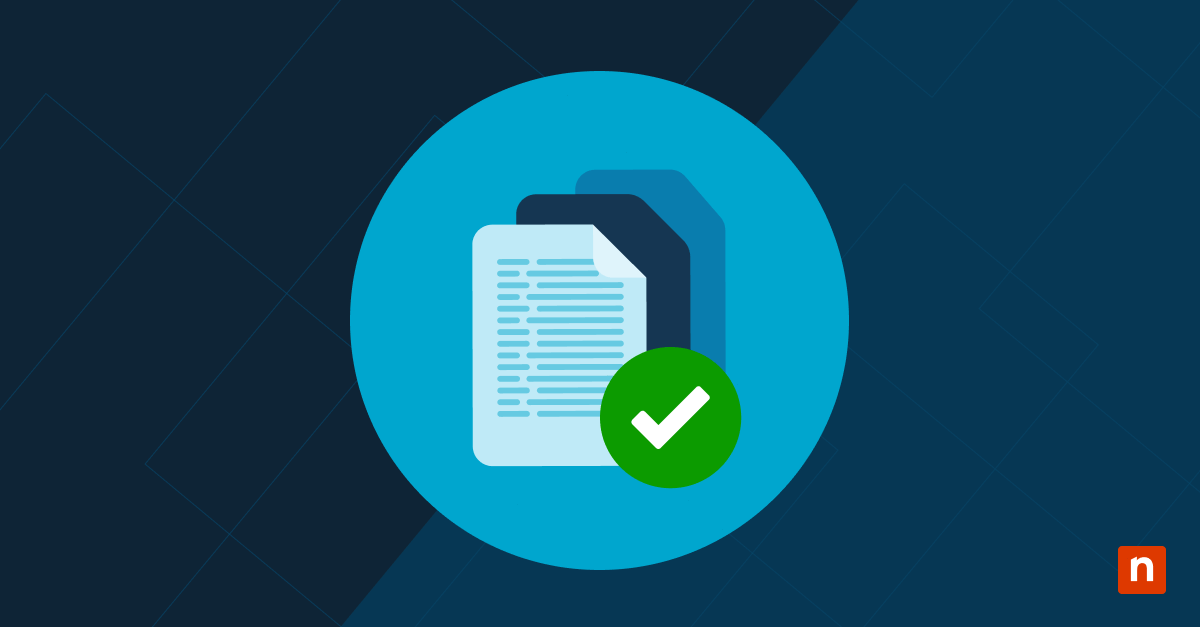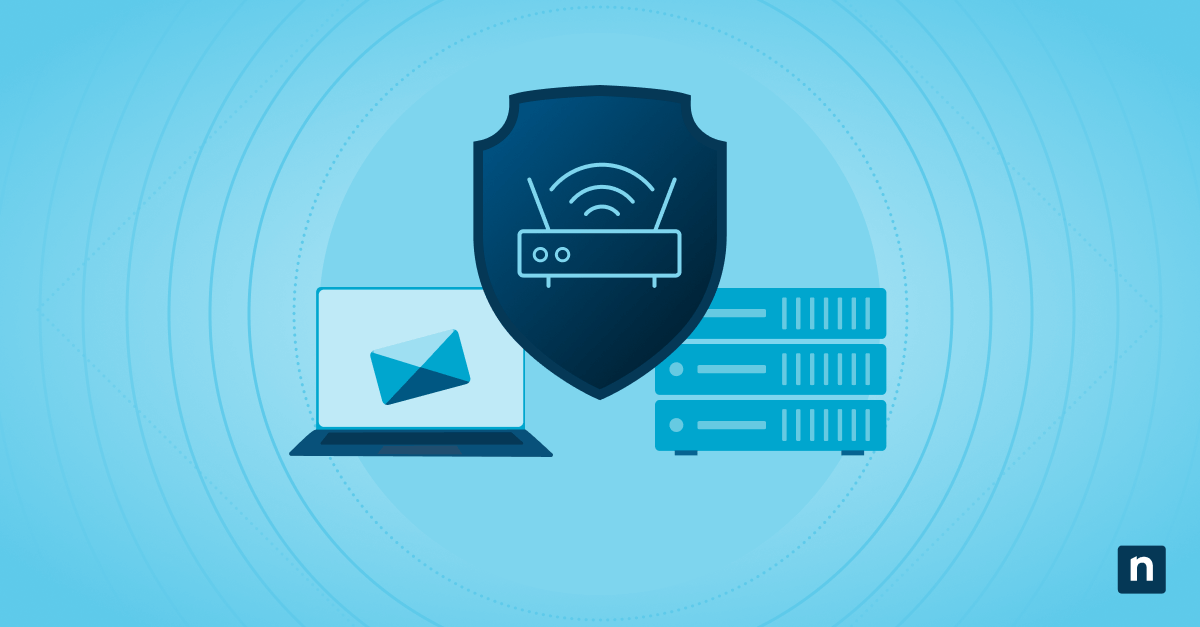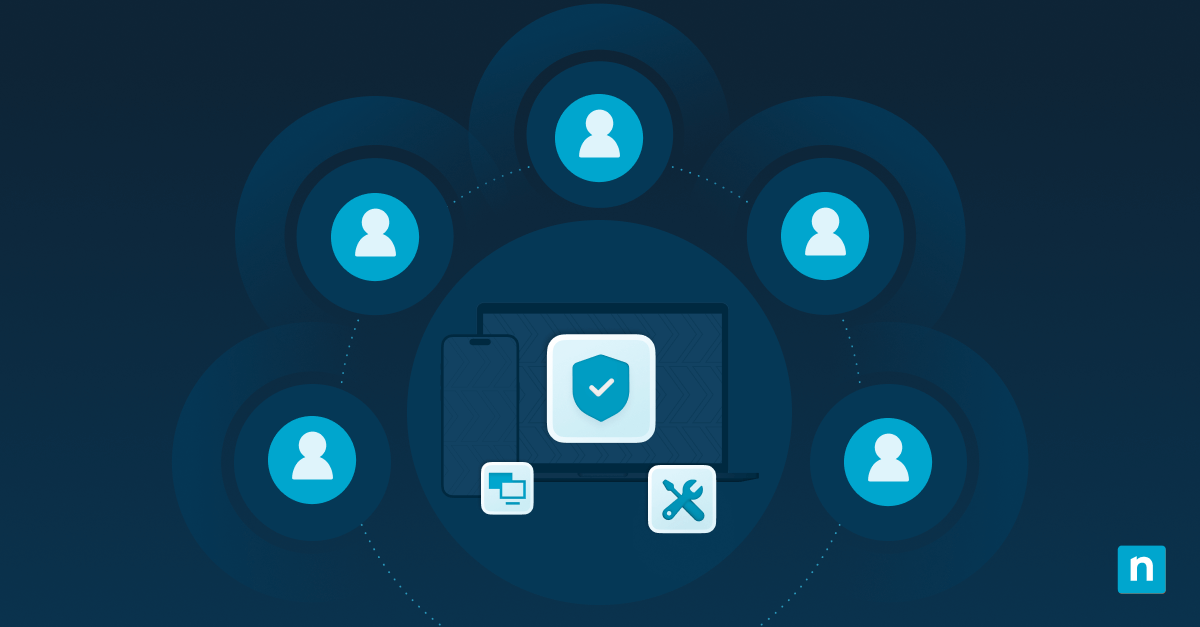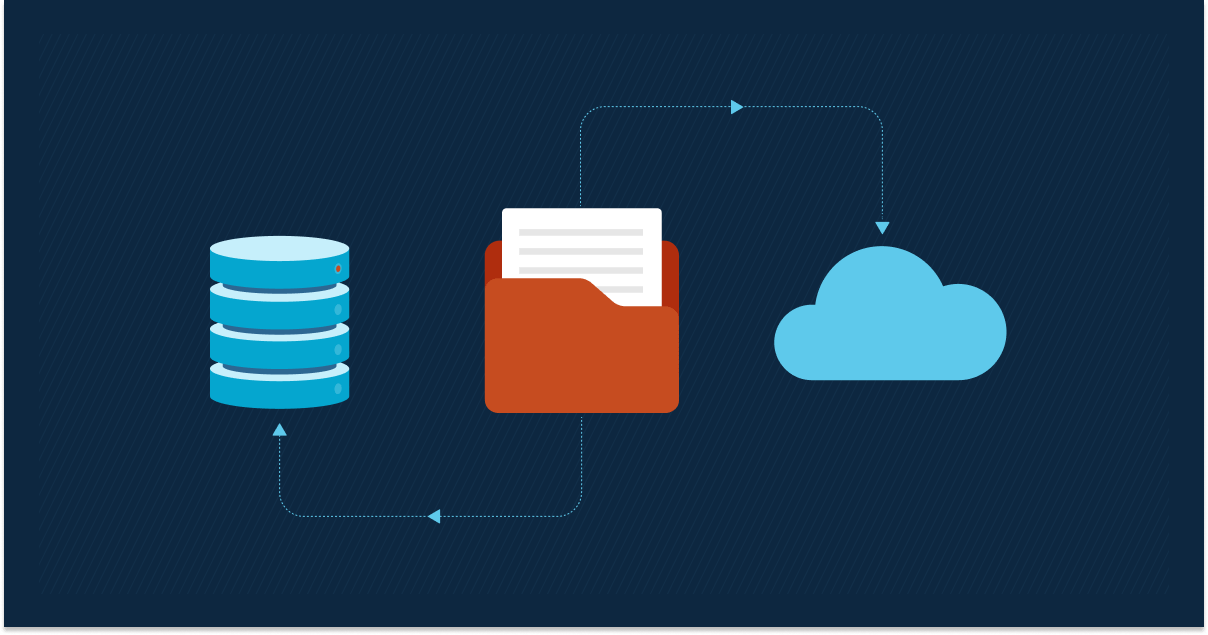This article will explain why SaaS backup matters for MSPs. Many MSP (managed service provider) clients assume their cloud data is automatically safe, but that assumption can be dangerously wrong. SaaS platforms like Microsoft 365, Google Workspace and Salesforce offer robust infrastructure, but not comprehensive data protection.
Accidental deletion, ransomware or a misconfigured retention policy can wipe out critical information with no guaranteed way to recover it. This oversight creates a blind spot that MSPs are uniquely positioned to address. But doing so requires a shift in mindset: from relying on native tools to proactively managing SaaS data protection as a core part of your service offering.
✅ Don’t let assumptions put your clients at risk.
See how NinjaOne’s SaaS Backup fills the critical gaps left by native cloud tools.
The hidden vulnerability in your clients’ cloud strategy
Assuming that your data is automatically safe once it’s in the cloud can create a critical blind spot in your security posture. Cloud security relies on the shared responsibility model, which means cloud providers protect the infrastructure while you remain responsible for your data protection.
That said, 99% of businesses don’t fully understand where provider responsibility ends and theirs begins. This misconception leaves mission-critical business data exposed to human error, malicious deletion and compliance violations that could devastate operations overnight.
What is SaaS backup and why do traditional methods fall short
SaaS backup is a specialized data protection solution designed specifically for cloud-based applications, providing comprehensive recovery capabilities that native tools simply cannot match. Unlike traditional backup methods that were built for on-premises environments, SaaS backup addresses the unique challenges of protecting data across multiple cloud platforms while maintaining granular recovery options. Understanding why conventional approaches fail in SaaS environments is crucial for MSPs looking to provide comprehensive protection for their clients.
Native retention isn’t backup
Built-in retention features in platforms like Office 365, Google Workspace and Salesforce are designed for basic data lifecycle management, not comprehensive data protection. These native tools typically offer limited recovery timeframes, often just 30-90 days, and lack the granular restoration capabilities needed for complex business scenarios. When clients face accidental bulk deletions, malicious insider threats or need to recover specific data from months ago, native retention policies fall short because they aren’t designed to handle long-term, point-in-time recovery.
Shared responsibility gaps
Microsoft, Google and Salesforce protect their infrastructure and ensure service availability, but their service-level agreements explicitly state that customers must implement their own backup and recovery strategies. This gap creates vulnerability windows where:
- Accidental deletions aren’t recoverable after retention periods expire.
- Malicious attacks can permanently destroy data.
- Compliance requirements go unmet due to inadequate long-term retention.
Limited recovery options
Native recovery tools restrict MSPs to basic restoration scenarios that don’t address real-world business needs. Point-in-time recovery is often impossible, cross-platform data migration becomes complicated and granular item-level restoration requires extensive manual processes. When clients need to recover specific emails from six months ago or restore deleted SharePoint sites with full permission structures intact, native tools simply cannot deliver the precision and flexibility required.
Compliance demands backups
Regulatory frameworks like GDPR, HIPAA and SOX mandate specific data retention and recovery capabilities that exceed what native SaaS tools provide. These regulations require audit trails, long-term data preservation and the ability to produce specific data sets for legal discovery processes. Without proper SaaS backup solutions, clients face potential regulatory fines averaging $4.9 million per incident, according to IBM’s latest data breach cost report.
The financial impact of SaaS data loss on MSP clients
Data loss incidents impose substantial financial burdens on businesses, with SaaS-related incident costs rising across all industry sectors. These expenses extend far beyond immediate recovery costs, encompassing productivity losses, regulatory penalties and long-term reputation damage that can permanently alter client relationships.
Recovery costs vs. prevention
Emergency data recovery services are expensive, with complex SaaS restoration projects often requiring hours of specialized expertise. Compare this to proactive SaaS backup solutions, which cost significantly less, and the ROI becomes clear:
| Cost category | Emergency recovery | Proactive backup |
| Hourly rates | Premium emergency service rates | Standard monthly subscription |
| Time investment | Extensive specialized expertise hours | Minimal ongoing maintenance |
| Total project cost | Significantly higher overall expense | Substantially lower total cost |
| Success guarantee | No guarantee of complete restoration | Reliable data availability assurance |
| Business impact | Extended downtime and disruption | Minimal operational interruption |
Productivity loss during outages
Extended outages can cause widespread workforce disruption, with lost productivity rippling across customer service, sales and daily operations. These cascading effects often outlast the incident itself, damaging client relationships, stalling revenue and dragging down overall performance for weeks.
Regulatory fines and exposure
Data loss can expose organizations to serious compliance breaches and costly penalties. Under GDPR, the European Union’s data protection regulation, organizations can face fines of up to €20 million or 4% of annual global turnover for failing to safeguard personal data.
In the U.S., healthcare providers are subject to HIPAA, which imposes strict requirements for patient data protection, with average penalties reaching $2.1 million per incident per year. Financial institutions also face scrutiny under SOX, where compliance failures can lead to SEC investigations and millions in legal and remediation costs.
Client trust damage
Data loss incidents create lasting damage to client relationships, with affected businesses reporting decreased customer confidence and direct client defections that can persist for years. The lifetime value impact often exceeds the immediate recovery costs, making prevention through proper SaaS backup a critical investment in long-term business relationships and reputation management.
Why is SaaS backup important for MSP business growth?
SaaS backup services create multiple revenue streams while significantly improving client retention rates and competitive positioning in an increasingly crowded MSP marketplace. MSPs offering comprehensive backup services report substantially higher client retention rates and increased average contract values compared to those focusing solely on traditional IT services. This service category provides predictable recurring revenue, natural upselling opportunities to existing clients and a compelling differentiator when competing for new business against MSPs offering only basic cloud management services.
Improve client retention rates and scale your MSP with NinjaOne SaaS Backup.
Unlimited storage. Military-grade encryption. 100% MSP-friendly.
Implementation strategies that drive MSP profitability
The most profitable MSPs treat SaaS backup as a scalable, margin-rich service line. They structure their backup services using tiered offerings, automated management tools and strategic partnerships that reduce overhead while scaling service delivery. These strategies ensure sustainable growth while maintaining the high service standards that drive client satisfaction and retention.
Common tiered service offerings
Structure backup services across three tiers to maximize market coverage and profit margins:
- Basic tier: Daily backups with 30-day retention.
- Standard tier: Hourly backups with 1-year retention plus compliance reporting.
- Premium tier: Real-time backup with unlimited retention and dedicated recovery support.
Automated monitoring tools
Deploy automated backup monitoring systems that can significantly reduce manual oversight while improving service reliability through proactive alerting and automated remediation. Tools like Veeam Backup for Microsoft 365 and Spanning provide centralized dashboards that enable single-technician management of hundreds of client backup environments, dramatically improving operational efficiency and profit margins.
White-label solutions
Partner with established backup providers to offer fully-branded services without developing proprietary technology, reducing time-to-market from 12-18 months to 30-60 days. White-label partnerships typically offer 40-60% margin sharing while providing enterprise-grade technology platforms that would cost millions to develop internally.
One platform. Zero hidden costs.
NinjaOne’s comprehensive SaaS backup solution eliminates the complexity of managing multiple pricing tiers. The platform provides automated, cloud-native protection for Microsoft 365 and Google Workspace with unlimited storage, military-grade encryption and point-in-time recovery options — all with no hidden fees for training, implementation or support. Start your 14-day free trial today and join thousands of MSPs who’ve replaced 10-15 tools with NinjaOne’s single pane-of-glass solution.








